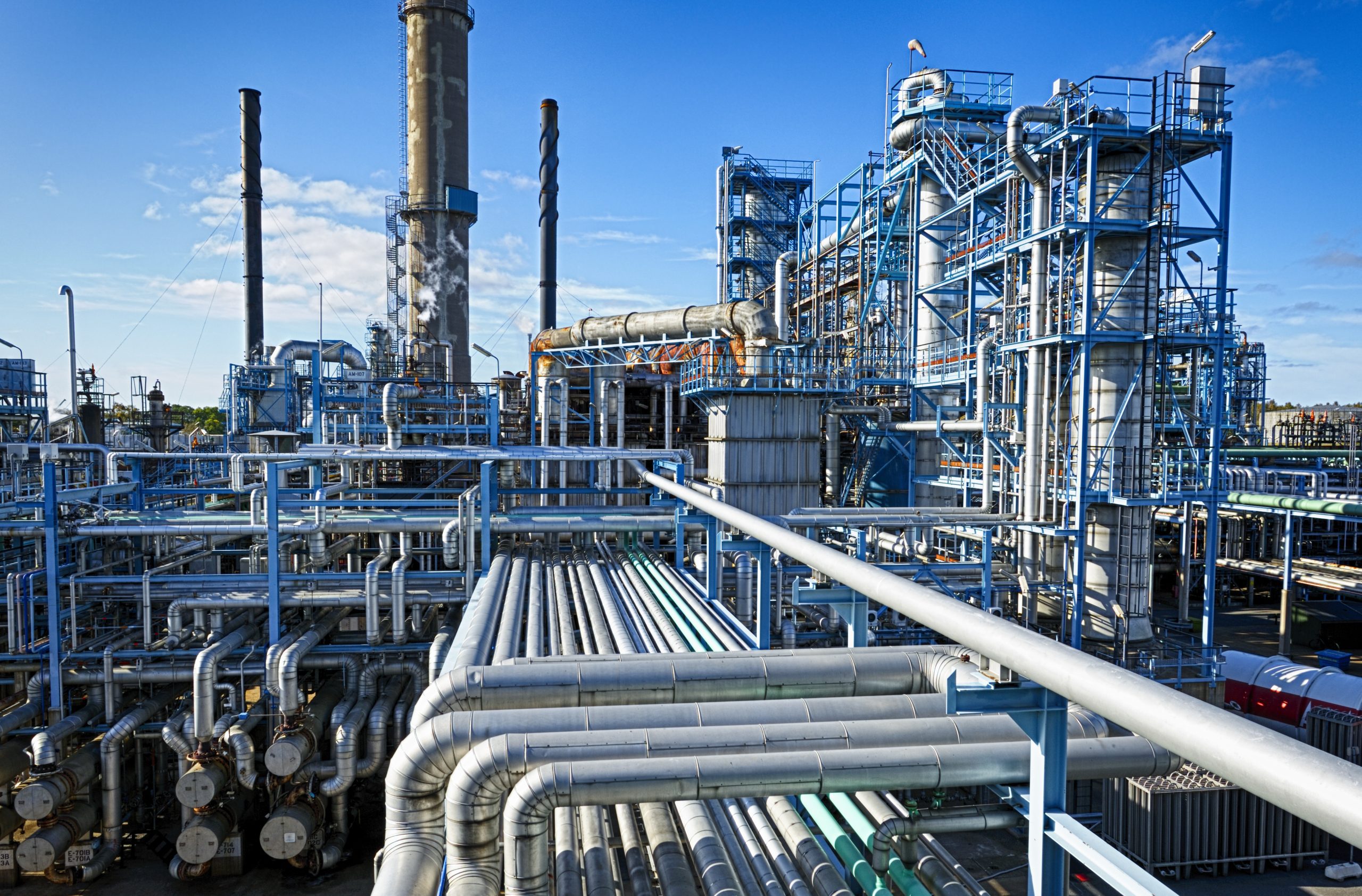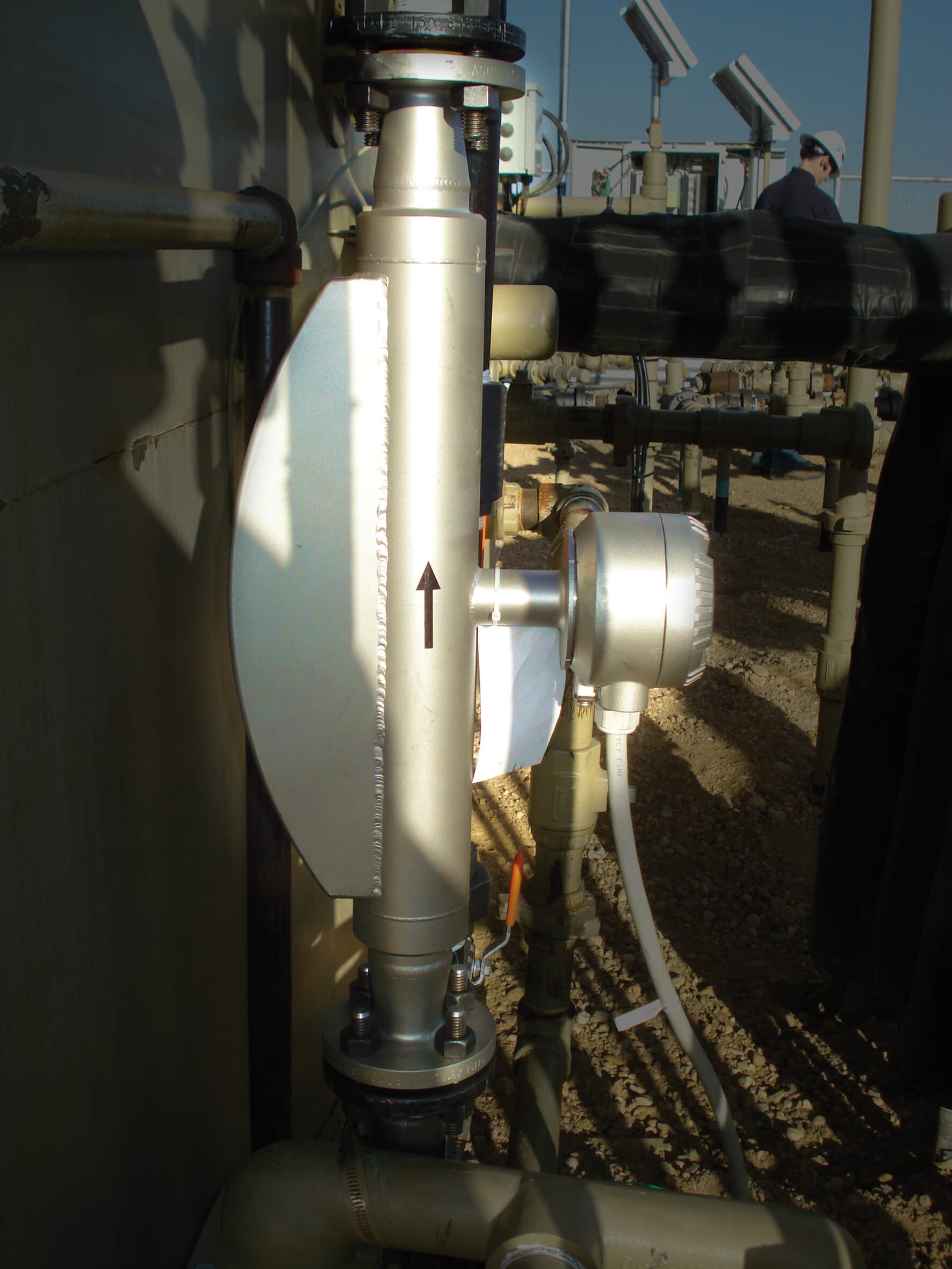
Coriolis flowmeters are widely regarded as the gold standard for mass flow measurement in a wide variety of industrial applications. Their accuracy in measuring mass flow is certainly impressive, but their unique ability to combine mass flow, volume flow, density, temperature, and concentration measurements in a single instrument also helps users to improve control in any situation — in particular where a variation in the density of a process stream could impact the outcome of the process.
By Harald Grothey, Global Product Manager, Coriolis Flowmeters, ABB Measurement & Analytics
Combining mass flow and density for improved quality and control
Measuring flow by simple mass or volume is okay in some applications, but in many others, it is essential to be alert for density fluctuations that could signal a change in material composition or process conditions.
In these situations, a failure to account for changing density can lead to under- or over-delivery of key materials, resulting in product defects, inaccurate metering for charging purposes, regulatory non-compliance, or any number of other issues.
Coriolis meters work by measuring the flow of a fluid through an oscillating tube. They rely on the Coriolis effect, which arises from Newton’s second law of motion (force = mass x acceleration). As the fluid passes through the vibrating tube, it generates a tiny twisting force in proportion to the mass flow rate.
This, in turn, creates a measurable “wobble” in the way the tube vibrates, and this can be used to measure not only the mass but also the density of the fluid passing through the meter.
While they are not typically the cheapest flowmeters to buy upfront, a single Coriolis meter can do the work of multiple instruments by enabling operators to measure mass flow, density, concentration, and temperature, eliminating the cost of purchasing several devices and minimizing the requirement for spare parts and maintenance.
Unlike other flow measurement principles, the Coriolis meter does not require any intake pipe as it measures the mass flow rate by detecting the deflection of vibration tubes through which the fluid passes.
Diverse applications across industries
The combination of measurements offered by Coriolis meters is useful in many diverse applications. In oil extraction, for example, they can monitor precisely how much water emerges from the ground with the oil, providing a useful indicator of overall production efficiency.
Their accuracy means that Coriolis meters are also great in low-flow, precision-dosing applications. Consider fruit yogurts. The contents of each pot are sold by mass but the density of the yogurt will vary according to the amount of fruit inclusion.
Operators need to know how much yogurt is in the pot, but also whether the yogurt mix contains the right balance of fruit and other ingredients. This has obvious implications for product quality and compliance with consumer law.
New applications are emerging all the time. For instance, hydrogen looks set to be a big one for the future, as countries decarbonize their energy networks. Coriolis flowmeters are well placed to support the switch from natural gas to hydrogen, thanks to their ability to measure gases as accurately as they do liquids.

Coriolis meters for CaCO3 measurement: The right answer to a tough challenge
Calcium carbonate (CaCO3) is used in everything from agriculture to pharmaceuticals, but the most common way of manufacturing this everyday chemical presents a tricky measurement challenge because it involves precipitation to form a course, abrasive slurry. Not only can the suspended solids cause excessive wear, but the density of the slurry can vary, which makes it harder to get reliable mass flow readings.
Precipitated calcium carbonate slurries typically contain anywhere between 25 and 35% suspended solids. Because Coriolis meters can measure fluid density as well as mass flow rate, they enable users to deduce the flow of calcium carbonate solids within the slurry, rather than simply measuring the overall flow rate. And because it is a direct density measurement, there is no need to compensate for changes in temperature or pressure.
Because of the high concentration of abrasive solids in calcium carbonate production, the flow rate through the meter should be kept as low as possible to minimize wear. A larger diameter meter is therefore preferred. The good news for users is that a large diameter also means a smaller pressure drop across the meter and lower pumping costs as a result.
In addition, while it does involve a vibrating tube, Coriolis technology does not involve any moving parts in the conventional sense. This means that Coriolis meters require virtually no routine maintenance in order to outperform and outlast competing technologies.
 About the author
About the author
Harald Grothey is the global product manager for Coriolis flowmeters at ABB. In this role, he is responsible for guiding product development and ensuring ABB Coriolis flowmeters meet the needs of diverse international markets.
Harald Grothey has been with ABB for almost 25 years, including in R&D roles.
He is based in Göttingen, Germany.


 About the author
About the author